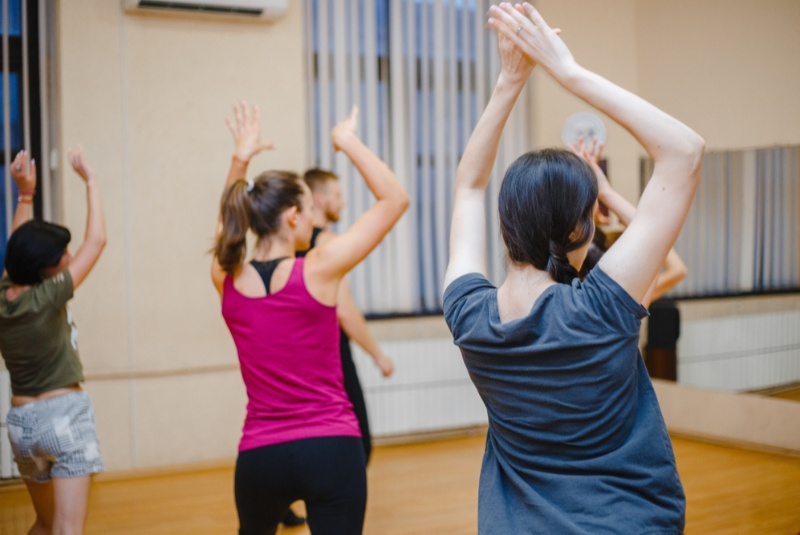Dance, beyond its aesthetic allure and rhythmic delight, has gradually evolved into a therapeutic tool that harnesses the power of movement to promote emotional, mental, and physical health. Dance therapy, also known as dance/movement therapy (DMT), is an innovative, non-verbal form of expressive therapy that aims to integrate the mind, body, and spirit, and is increasingly recognized for its profound therapeutic benefits.
Dating back to the 1940s, dance therapy was pioneered by Marian Chace, an American dancer who recognized dance's therapeutic value. The essence of dance therapy is rooted in the notion that body movement reflects an individual's pattern of thinking and feeling. Through the strategic use of movement, dance therapists help individuals develop emotional awareness, improve self-esteem, and reduce stress and anxiety.
Dance therapy is a holistic therapeutic approach. It underscores the interconnectedness of the human mind, body, and spirit, and recognizes that any disruption in this harmonious balance could lead to emotional and physical distress. In a dance therapy session, individuals are encouraged to express their feelings through movements, which serve as a medium for communication and self-exploration. Guided by a professional dance therapist, participants engage in improvised movements that foster a sense of self-awareness and interconnectedness.
One of the unique aspects of dance therapy is its accessibility. People of all ages, abilities, and backgrounds can benefit from this approach. Dance therapy has been successfully implemented in a variety of settings, including schools, mental health facilities, nursing homes, and rehabilitation centers. It has also proved effective in aiding people with a broad range of health conditions such as autism, dementia, depression, and Parkinson's disease.

A critical component of dance therapy's power is its ability to bypass cognitive processing and directly engage with emotions. It encourages non-verbal expression, allowing participants to communicate feelings and experiences that may be too difficult to articulate in words. By externalizing internal emotions, participants can confront, understand, and manage their feelings, leading to improved mental well-being.
Furthermore, dance therapy enhances physical health. The aerobic nature of dance improves cardiovascular health, flexibility, balance, and strength. For individuals dealing with physical ailments or rehabilitation, dance therapy can aid in restoring their range of motion and improving coordination. The rhythmic nature of dance can also stimulate the body's natural healing capacities, making dance therapy an effective complement to traditional medical interventions.
Evidence-based research on dance therapy underscores its efficacy. For example, a study published in the American Journal of Dance Therapy reported significant improvement in mood and cognitive skills among dementia patients participating in dance therapy sessions. Other research indicates dance therapy's positive impact on reducing depression and anxiety levels, improving body image, and fostering resilience in cancer patients.
Dance therapy also fosters social connection and a sense of belonging. In group sessions, participants can experience a collective energy and unity, creating a supportive community. This social aspect can significantly benefit individuals dealing with isolation, social anxiety, or interpersonal difficulties.
Dance therapy offers a unique blend of art and science, employing the power of movement to foster emotional healing, enhance physical health, and promote overall well-being. With its growing recognition, dance therapy promises a therapeutic modality that taps into the fundamental human expression – dance. Thus, the ancient art of dance, rooted in human history, finds a renewed purpose in the modern era, serving not only as a form of entertainment but also as a path to healing and wellness.




